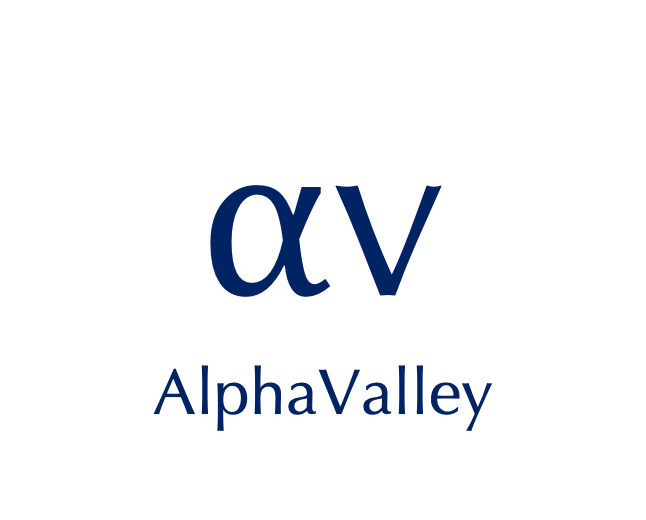3. Pro forma statements
A professional business plan presented to investors or banks for fundraising includes three statements, i.e. Profit and Loss Statement, Balance Sheet and Cash Flow Statement.
P&L statement projects the performance of a startup/business over a period of 3-5 years. The P&L is critical because it shows investors the potential of the startup’s scale (revenue), expenses and profitability. Other key indicators that the VCs typically assess are EBITDA, gross margin and net margin.
The balance sheet reflects the financial position of a business at a point in time. In other words, it exhibits what a company owns (assets) and what it owes (liabilities).
Cash flow statement exhibits the inflow and outflow of cash over a specific period (reporting period). Cash flow statement is divided into three parts, i.e. cash flow from operations, cash flow from financing and cash flow from investing. Operational cash flow is of more interest to early-stage startups as it reflects the cash inflow and outflow from core business operations.



